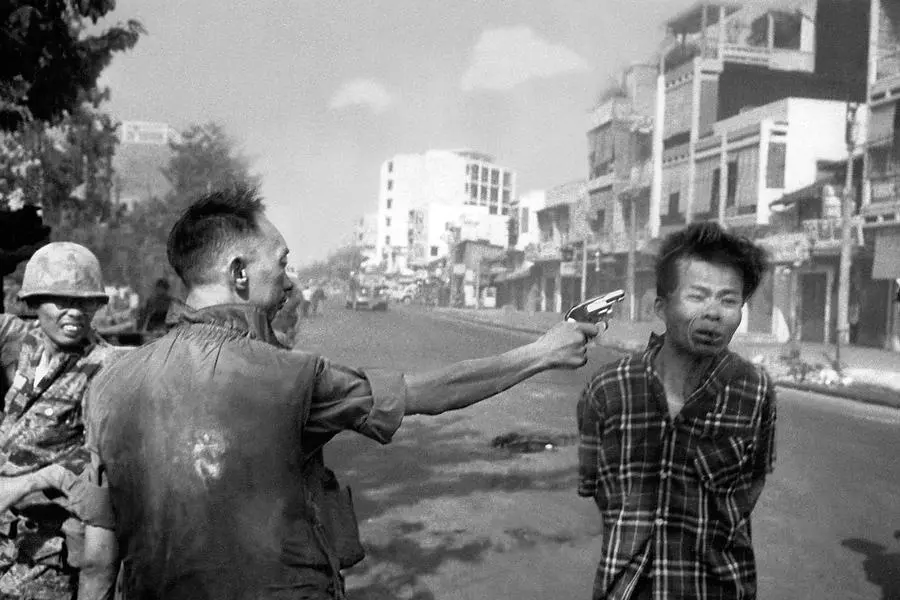Recently, I went to a photo critique meetup in San Francisco where I got to show my recent series about the streets of Saigon. It was a small group, mostly Bay Area millenials. Most were professional or serious amateur photographers. I was one of the three people showing, and when my turn came, I was, say, less than prepared for the nature of critique I got to hear.
Instead, I was bombarded with rather hard and perhaps, even harsh questions about the social impact of my series and my own social responsibility as a photographer. The main issue raised was, what did I try to achieve with my photos? How did I make a difference to my subjects? What is the point of showing the photos of people living in poverty if you are not helping them in any way? The picture above was found to be almost universally objectionable by the group. People in the room felt I was not affording my subject enough dignity and even asked me how I would feel in his place. Some implied that as a privileged white photographer in a third world country, I was somehow exploiting my poor, non-white subjects. Yes, that’s the Bay Area audience for you.
Now, if you have been reading my blog for a while, you know that when it comes to photographing people, I take a pretty restriction-free stance. You can read more about it in my earlier post on the subject. As a street photographer first and foremost, my goal is to show my viewers what I observed. In other words, I document street life and attempt to do it in a way that is interesting. I never elevate myself above my subjects when I shoot, neither literally not figuratively. If the passed-out man on the picture suddenly woke up while I was shooting, I would have gladly had a conversation with him. That is one of the reasons I rarely shoot homeless or sick people unless I have a specific project in mind – I simply would not be able to put myself in their shoes. As much as I try to be neutral and not to have any photographic taboos, there are most definitely scenes or situations I would not shoot.
The primary goal of street, editorial and travel photography today, as I see it, is still the same as it was decades ago – to expose something to others that they have not or would not see otherwise, and do it in a way that is compositionally interesting enough to capture the audience’s attention. It is absolutely true that even a single photography taken in the right place at the right time can make a huge impact on social and even political events, such as this famous image, also taken in Saigon by Eddie Adams in 1968:

This picture not only helped end support for the Vietnam War in the US but drastically affected the life of the man with the gun, General Nguyễn Ngọc Loan. But that is subject of another story. There are many similar examples, mostly from photojournalists, the best of which can be seen each year in the Winners’ galleries of the World Press Photo competition.
Therefore, a photographer indeed can make a huge social and even political impact through his work. But if he cannot, or if his pictures do not possess that immediate power, does it mean he should not be shooting? Absolutely not. Because, if I take my Streets of Saigon example, even if just a few people saw the pictures and found something new for themselves, I say the goal is already attained.
And yet some the questions asked by the critique group were valid. If my viewers did not see enough of an deeper connection with my subjects, then perhaps I did not do my best as the someone with a camera as a powerful tool of doing so. And I do want to immerse myself deeper into the lives of some of my subjects. Talk to them, spend time with them, understand their problems. In other words, work on a story in which I am emotionally invested as a photographer, and help you, the viewer, get invested in it too. Those are the personal projects that I have always respected and something I know I should be doing more. And for that takeaway, I can certainly thank my critique group from San Francisco.
